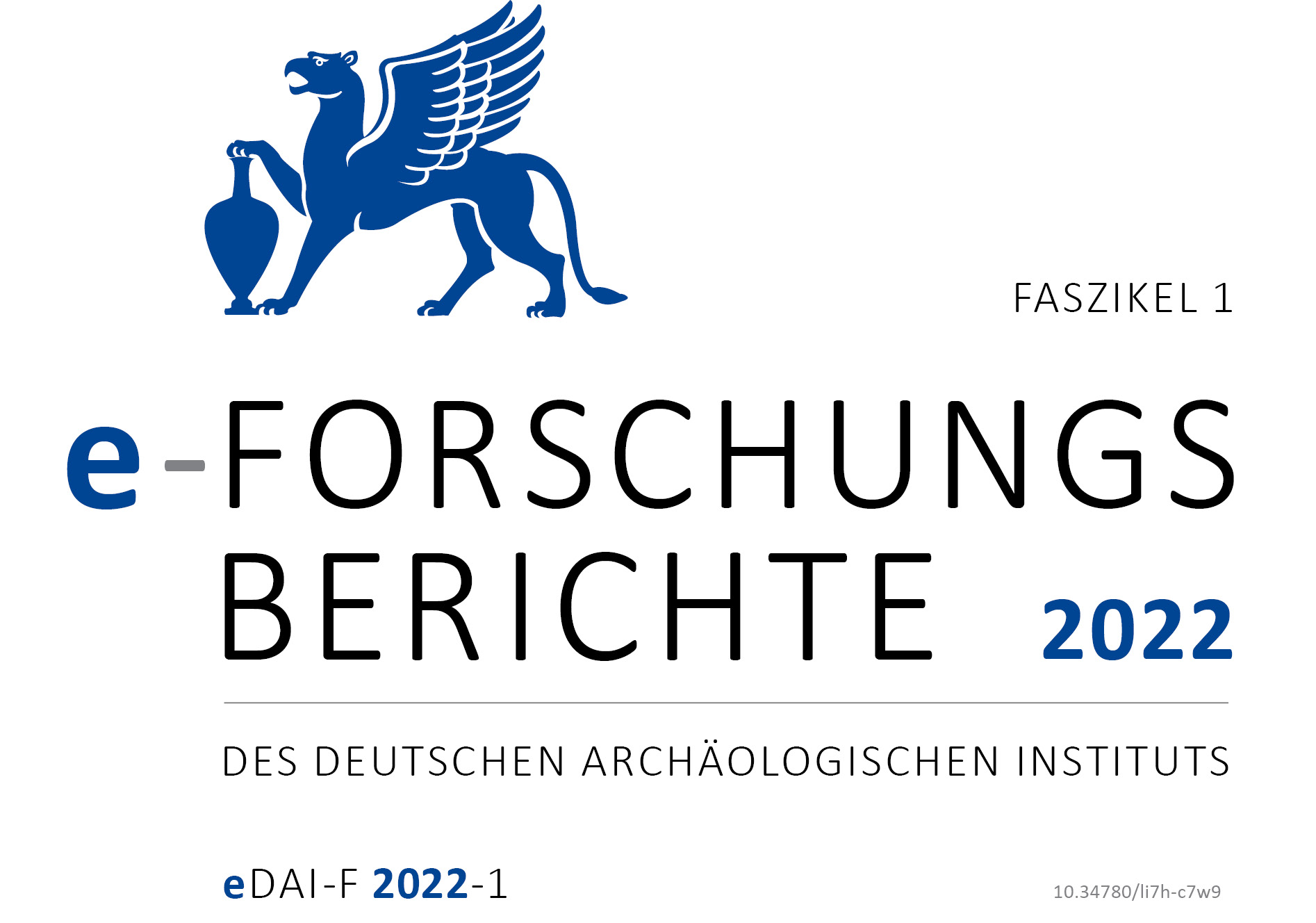Boğazköy, Türkei. Hattuša. Ein Resümee der letzten Forschungsdekade. Die Arbeiten der Jahre 2009 bis 2021
https://doi.org/10.34780/6r2l-2l38
Abstract
In the last decade, research on Boğazköy has made significant progress. Contrary to earlier reconstructions, it can be assumed that there was an uninterrupted settlement development beginning at the turn of the 3rd to 2nd millennium BC. The Hittite period is characterised by dynamic ups and downs in the intensity of use of the settled area, which has so far been interpreted as completely used. Findings from the 1st millennium BC show that from the late 9th/early 8th century BC a hierarchically structured society can be expected, whose elites are visible for the first time in a monumental building. A fortified complex of the Hellenistic-Galatian era provides insights into social hierarchies for the first time by finds of prestigious objects. It is remarkable that tendencies of long-term cultural traditions are recognisable in the pottery. In the north of the lower town, an extensive use of the Roman Imperial period was uncovered, including a military camp, a bath and a large water basin with a banqueting room. Based on numerous conversions, the development of these structures can be traced from the 1st to the 4th century AD.





